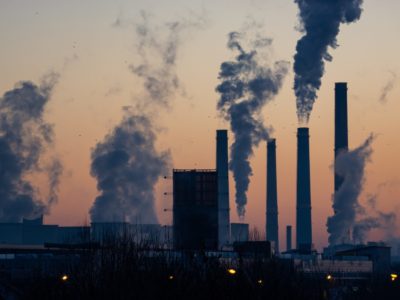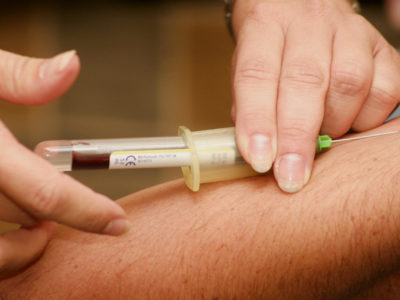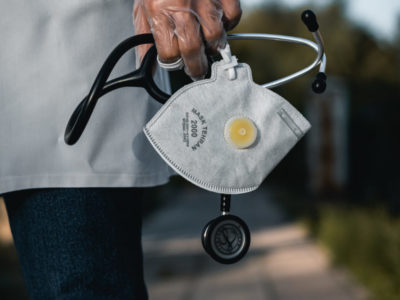Translated by Claudio Peli
On 10th December 1948, together with other countries around the world, we solemnly undertook to respect and promote individual rights: inalienable, imprescriptible, indivisible rights. About 65 years have gone by since then, a fairly long time. Yet, the harrowing situation that the Syrian people have been enduring over the past three years clearly suggests how those human rights are still being shamelessly ignored.
Much has been said and written about how some scattered protests, which were part of the wider Middle-Eastern protest movement known as the Arab Spring, evolved into an armed rebellion and eventually a civil war marked by blood feuds with civilians bearing the brunt of such unspeakable violence. UN investigations into the massacre caused by the use of nerve gas were wrapped up on September 16th. A group of inspectors, led by Swedish scientist Åke Sellström, examined several blood, urine and hair samples as well as ballistic residues, between 26th and 29th August. Sellström’s report suggested that Sarin gas had been used: 1,400 corpses tested positive; artillery rockets, used to launch the gas, were specially designed to act as deadly chemical weapons. The trajectories calculated by the inspectors indicated that the rockets were launched from a Syrian government military base. The samples examined were also found to contain chemical substances such as ‘stabilizers’ which are generally hard to come by and not easy to use. The writing on the artillery pieces was in the Cyrillic alphabet.
Meanwhile, the fighting between the factions making up the armed opposition to the Syrian regime has increased. Conflicts over control of the territory and its resources as well as ideological differences are exacerbating the already volatile situation. The worst clashes have been taking place between the Free Syrian Army and the Isis forces, an Al-Qaeda affiliated group, in the north of the country. The main political opposition group, the National Syrian Coalition (NSC), close to the Free Syrian Army, has criticised extremist Islamist groups, accusing them of operating against the principles of the revolution. On 24th September, about ten Islamist rebel groups – including Al Nusra Front – refused the authority of the transitional government in exile represented by the NSC whose members belong to opposition and revolutionary forces (supported by Western countries).
And finally, the humanitarian tragedy: data published by the UN’s main agencies shows how the Syrian people have been fleeing, in ever larger numbers, to neighbouring countries (Turkey, Jordan, Lebanon, Iraq) where refugee camps, insufficiently equipped to cope with this emergency situation, are literally bursting at the seams. Survival itself becomes a bit of an obstacle course before and after crossing the Syrian border. Such crowded camps provide a fertile breeding ground for various forms of crime. The rate of child exploitation, forced prostitution and human trafficking have risen alarmingly as the UN aid programs targeted at the war-torn area, are struggling to raise the necessary financing. Over an already precarious balance, the threat of western military intervention is hanging like a sword of Damocles. The agreement reached by the members of the UN Security Council back in September, halted a US-led military operation. According to many analysts, this resolution draft is a feather in the cap of Russian diplomacy, headed by President Putin and his Foreign Minister Lavrov, Assad’s loyal allies. Syria will comply with the international ban on chemical weapons. It will be up to the Syrians to give foreign inspectors unfettered access to the country’s chemical weapons stockpiles. The chemical weapons will then be shipped out to Russia, ‘if at all possible’, that is. Assad will still be in control but that is likely to inflame new tensions. If, on the one hand, the diplomatic success that warded off military action in Syria can be rightfully praised, on the other, it is hard to imagine that the ideal conditions allowing the population to get back to normal will be recreated within a short time.
Almost three years of warfare have destroyed roads, schools, hospitals and displaced over two million people from their villages besides causing injuries and traumas that will take years to heal. The institutions on their own cannot cope – we all have to feel humanly responsible for the future of Syria, which is also the future of mankind that we are a part of. Now more than ever, international diplomacy must do some serious thinking about the changes taking place in the political geography of the Mediterranean: from the tensions in Israeli-occupied territories and Iran’s expansionist policies, to the populations of such countries as Egypt or Libya where political stability and Democracy still seem to be a long way off.
Claudio Torbinio






